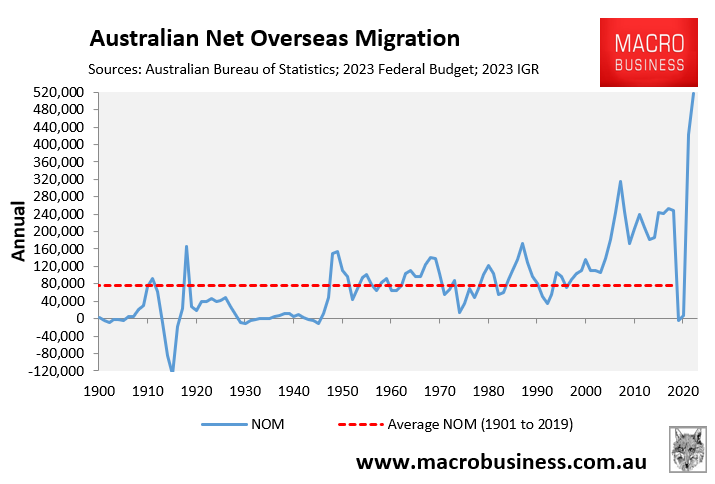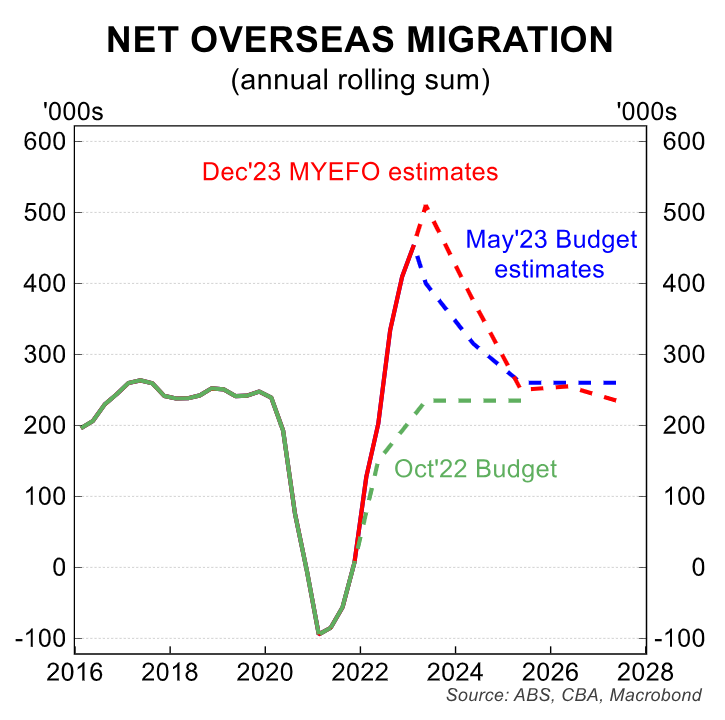Last decade saw the biggest boom in high-rise apartment construction in Australia’s history, led by Sydney:

The boom led to disastrous results, with huge numbers of apartments experiencing cracking, water leaks, balcony defects, flammable cladding, and other quality problems.
In 2021, construction lawyer, Bronwyn Weir, claimed that “thousands and thousands of apartments have serious defects in their buildings”, and that the problem “is enormous”.
She warned that Australia has “a systemic failure that is quite difficult to unravel”, and that “some of these buildings could potentially be a write-off”.
Weir’s concerns were backed up by engineer Leith Dawes, who said that buying an apartment off-the-plan had become a game of “Russian roulette”, given the high risk of construction faults that often go unreported.
Around the same time, the Strata Community Association NSW claimed that around four out of every ten newly built apartment complexes in NSW had severe flaws.
Their investigation was initiated after serious structural flaws were discovered at Mascot Towers and Opal Tower in Sydney, necessitating the temporary evacuation of occupants.
A parliamentary inquiry in New South Wales also revealed significant structural faults in newly constructed apartment complexes.
In recent months, more reports have arisen pertaining to widespread structural defects across Sydney’s recently built apartment complexes.
WSWS reported in July 2023 that building defects will cost the owners of 276 apartments in the Inner West Vicinity complex in Sydney $50 million to rectify.
In November 2023, the One Central Park apartment complex in Sydney, once deemed the “world’s best tall building”, was found to be riddled with defects a decade after its completion, requiring expensive repairs.
On Wednesday, The SMH reported that “four blocks of 900 new apartments in Macquarie Park are at risk of collapsing due to “serious damage” to the concrete in its basement”, according to the NSW building authority.
“The agency reported “serious damage and spalling of the concrete slab at the joint locations in basements and the ground floor”.
“This is a defect in a building product or building element that causes or is likely to cause the basement slab to fail, namely, to fracture and collapse, leading to the destruction of the building or any part, or the threat of collapse of the building or any part”, Matt Press, the acting assistant building commissioner, wrote in his published orders.
The surge in apartment defects comes as the NSW government is gearing up for Sydney’s biggest ever high-rise apartment boom:
“Sydney’s city and suburban skylines are set to metamorphose in just a few years with multiple high-rise apartment projects of up to 60 storeys on the way”.
“On estimated construction costs alone, there are currently $11 billion worth of developments from the top 100 projects on the go, from Willoughby and St Leonards in the north to Cronulla in the south, according to just-released data supplied by Cordell”.
“The five tallest towers it nominates — in Macquarie Park, the CBD and Parramatta — are above 50 storeys with eight above 40 storeys and the top 15 more than 30 storeys….. “
Construction lawyer Bronwyn Weir warned this week that building so many apartments so quickly risked compromising standards and another boom in faulty apartment towers.
“Australia’s chronically undersupplied housing market is heading for another development boom and apartments will lead the way”, wrote The AFR’s Michael Bleby.
“On current estimates, 50% of what will be built will have serious defects”, Weir told The AFR.
Fifteen years of pre-pandemic hyper-immigration drove the boom in faulty apartments, necessitating the annual building of tens of thousands of additional new homes.

This led to a trade-off between quality and speed, resulting in a decline in building standards.
Australia risks making the same mistakes all over again by cutting corners and ramping up the construction of low-quality apartments to meet the Albanese government’s record net overseas migration (NOM).
The latest NOM forecasts from December’s Mid-Year Economic and Fiscal Update (MYEFO) projected that a record 1,633,000 net migrants will land in Australia over the five years to 2027-28:

This revised MYEFO NOM forecast is cumulatively 458,000 higher than what was projected in Labor’s October 2022 federal budget. It is also cumulatively 138,000 higher than was forecast in the May 2023 federal budget.
Instead of delivering a high-rise slum future, the federal government should limit immigration to a level that is consistent with the country’s ability to provide high-quality housing and infrastructure, as well as the natural environment’s carrying capacity (including water resources).
Lower, sustainable immigration (demand) would encourage the building industry to prioritise quality over quantity in construction while also alleviating the nation’s rental crisis.
The high-rise apartment boom of last decade was an unmitigated failure, and buyers and taxpayers are paying the price.
Why make the same mistakes again by forcing developers to slap up apartment complexes quickly to accommodate unsustainable immigration-driven population growth?
Under the status quo, thousands more faulty high-rise slums will be built across Australia’s main cities to support the Albanese government’s reckless mass immigration policy. For what purpose?

